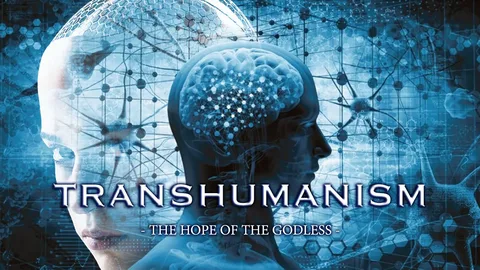What happens when AI negotiates with AI?
When artificial intelligence (AI) negotiates with AI, it opens up a fascinating realm of possibilities and challenges that have the potential to reshape various aspects of business, technology, and human interaction. Here’s what happens when AI negotiates with AI:
- Efficiency and Speed: AI-powered negotiations are characterized by efficiency and speed. AI algorithms can process vast amounts of data and information rapidly, leading to quicker decision-making processes.
- Data-Driven Decisions: AI negotiators rely on data analysis to make informed decisions. They can analyze historical data, market trends, and a wide range of variables to negotiate effectively.
- Objective and Rational: AI lacks emotions, personal biases, and subjective influences. Negotiations are purely objective and rational, based on predefined parameters and objectives.
- Consistency: AI maintains consistency throughout negotiations. Once trained and programmed, AI systems adhere to a predefined negotiation strategy and do not deviate from it.
- Continuous Learning: AI negotiators can continuously learn and adapt from their experiences. They improve their negotiation strategies over time by learning from both successful and unsuccessful negotiations.
- Multivariable Analysis: AI can handle complex multivariable analysis during negotiations. It considers numerous factors simultaneously, which can be particularly advantageous in industries like finance and supply chain management.
- Real-Time Adaptation: AI negotiators can adapt to real-time changes in market conditions and other variables. They adjust their strategies as needed to optimize outcomes.
- Objective Decision Criteria: Negotiations between AI entities often rely on objective decision criteria, making the negotiation process more transparent and predictable.
- Complex Problem Solving: AI excels at solving complex problems that involve a multitude of variables and constraints. This capability is valuable in scenarios where finding optimal solutions is challenging.
- Ethical Considerations: Ethical considerations become crucial when AI negotiates with AI. Ensuring fairness, preventing collusion, and adhering to ethical guidelines are paramount.
- Legal and Regulatory Compliance: Adherence to legal and regulatory frameworks is essential in AI negotiations. Authorities may need to establish guidelines to ensure compliance and transparency.
- Human Oversight: While AI can negotiate autonomously, human oversight remains vital. Humans can set objectives, define negotiation parameters, and intervene when necessary to ensure ethical and strategic alignment.
- Applications Across Industries: AI-driven negotiations find applications across various industries, including finance (algorithmic trading), e-commerce (automated pricing and inventory management), healthcare (treatment planning and resource allocation), and logistics (supply chain optimization), among others.
- Potential for Collaboration: Multiple AI agents from different organizations can collaborate in negotiations to achieve mutually beneficial outcomes. This collaborative approach can optimize results for all parties involved.
- Advancements in AI: As AI technologies continue to advance, AI negotiators will become more sophisticated. Machine learning, natural language processing, and reinforcement learning will contribute to the development of more capable AI negotiators.
In summary, AI negotiating with AI represents a transformative shift in how negotiations are conducted. It offers the potential for greater efficiency, objectivity, and adaptability in negotiations, but it also raises ethical, legal, and regulatory considerations that require careful attention. As AI technology continues to evolve, its role in negotiations will likely become more prominent across a wide range of industries and applications.









